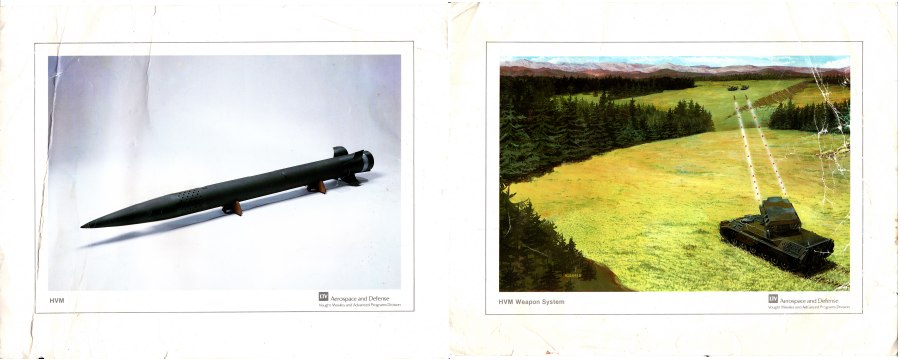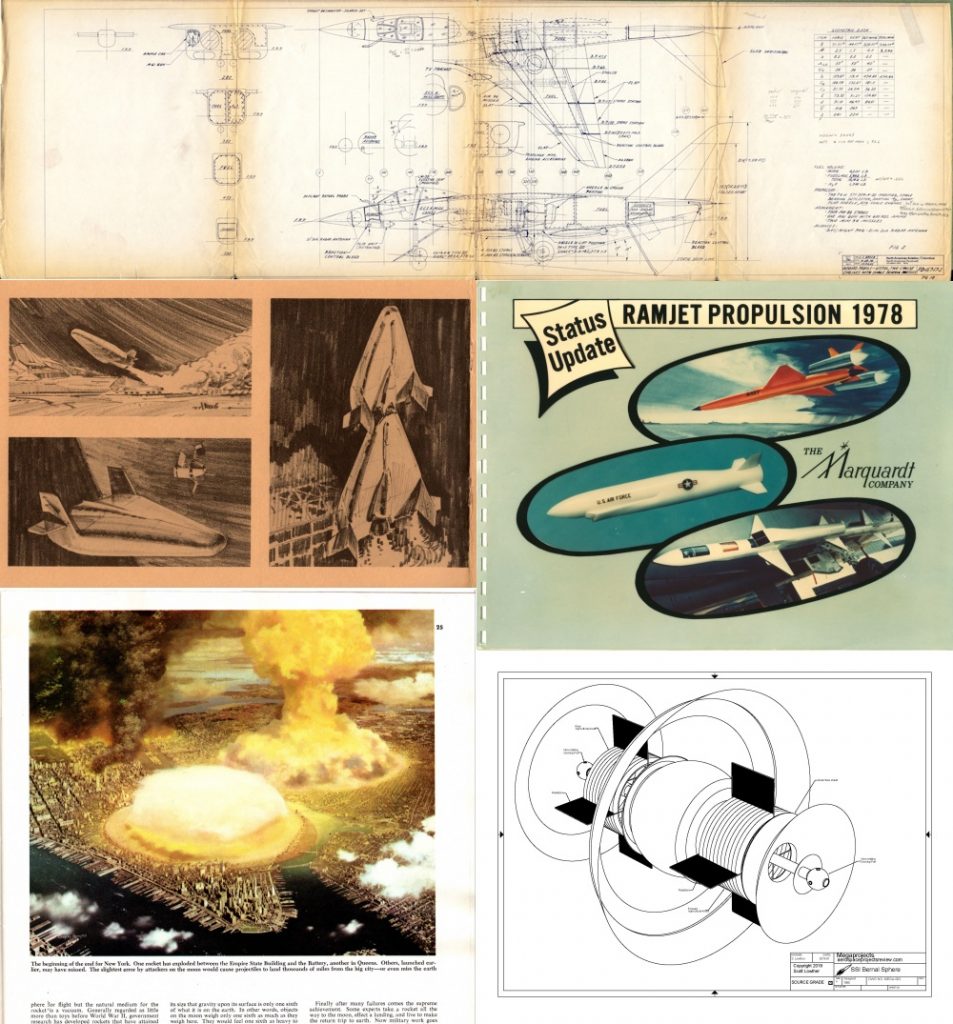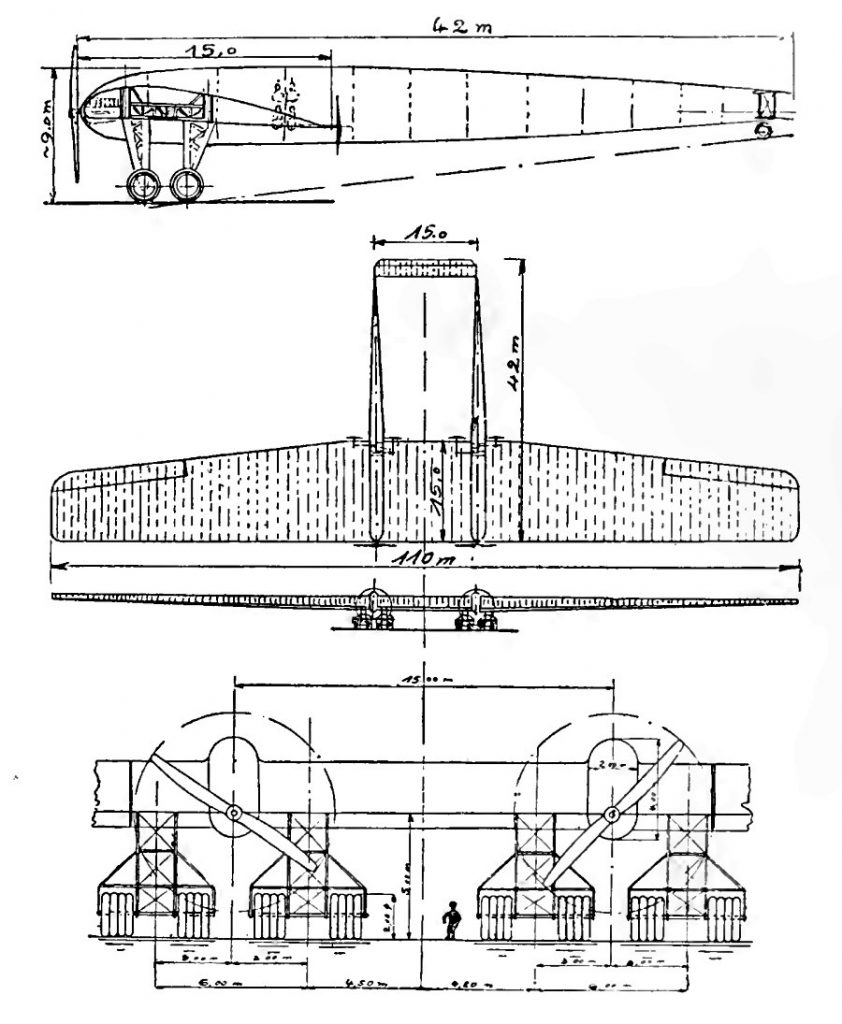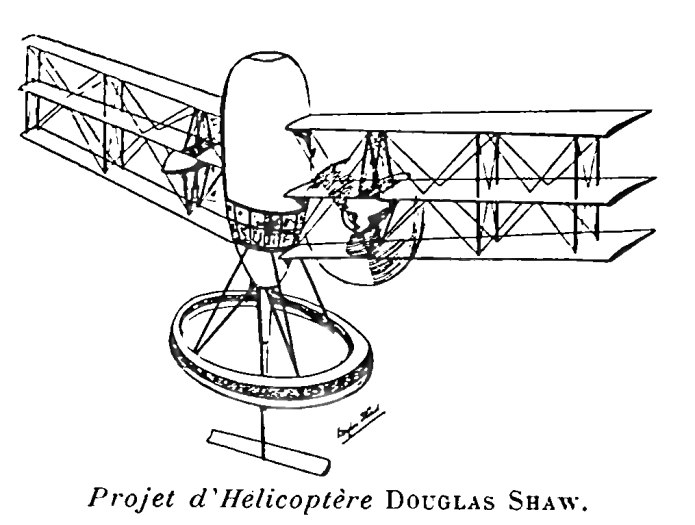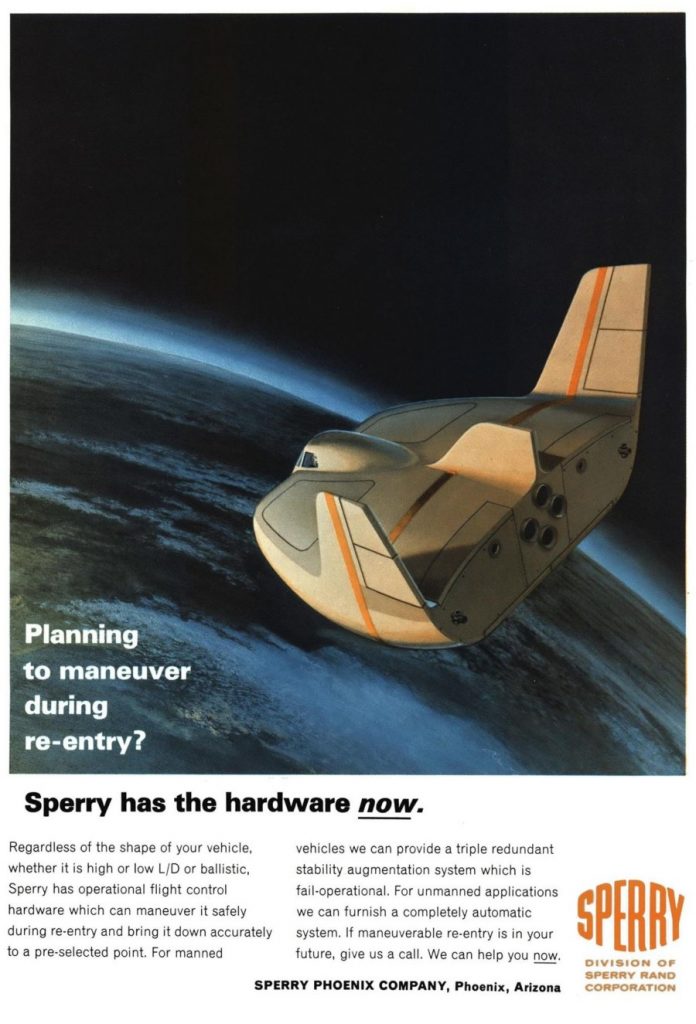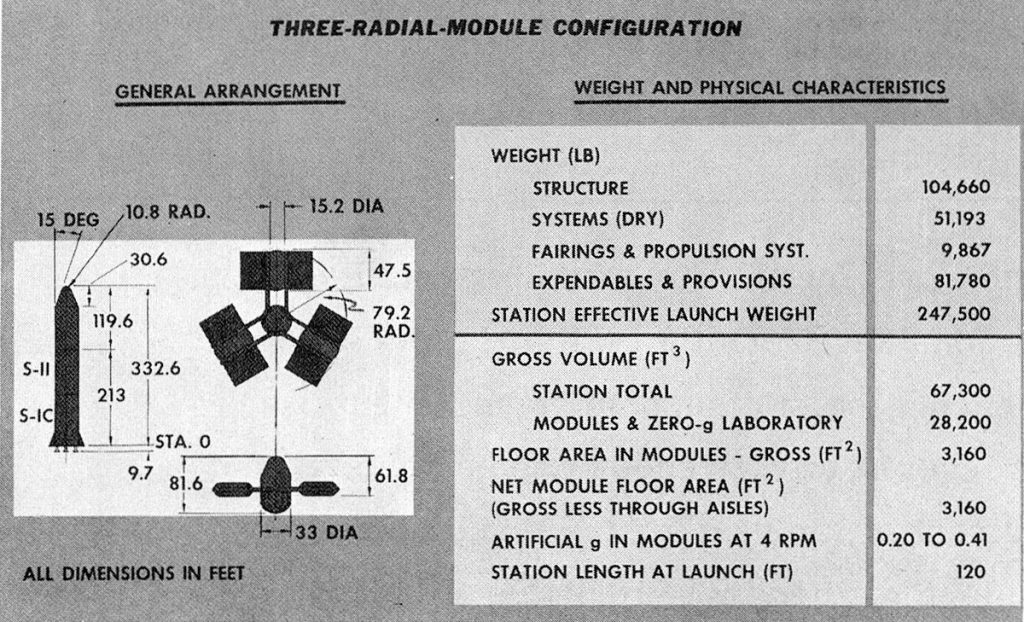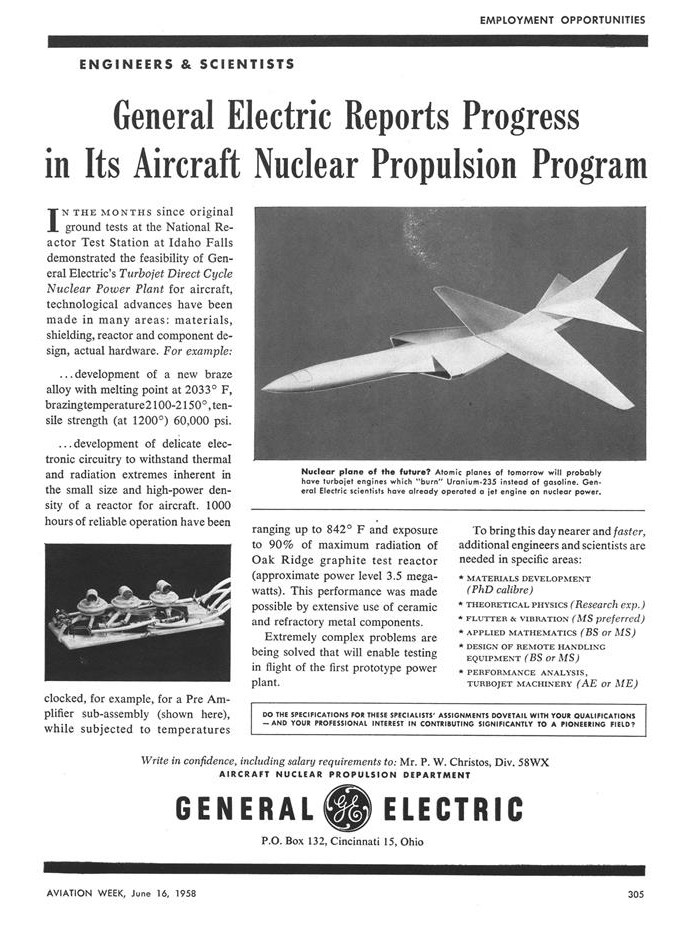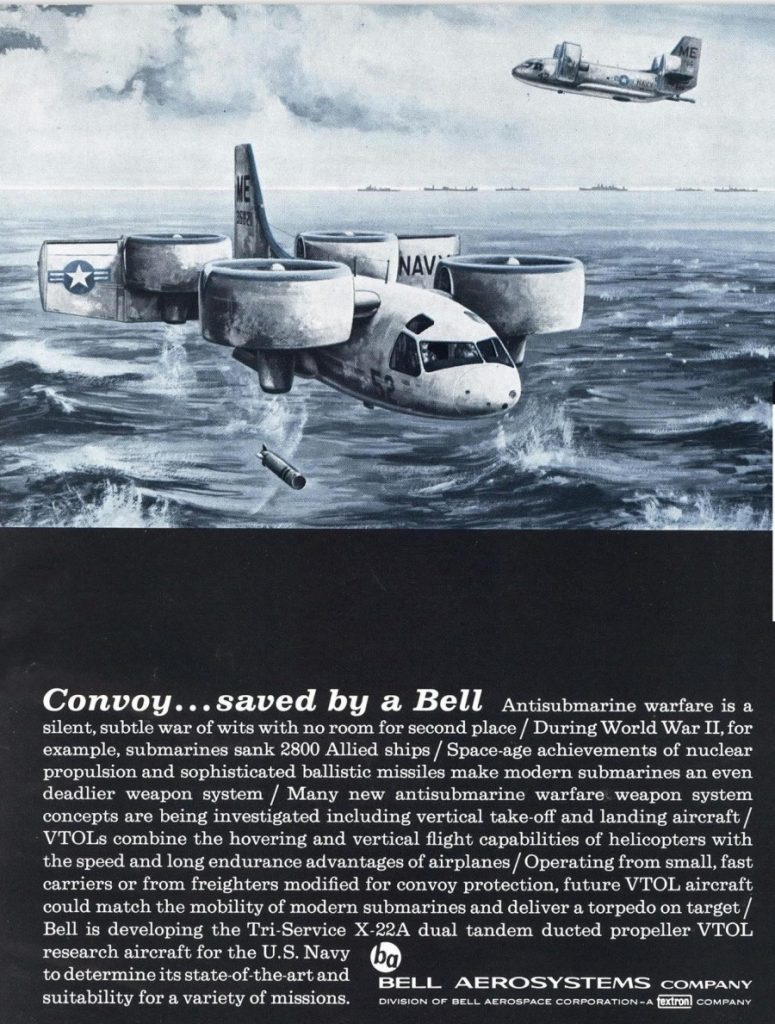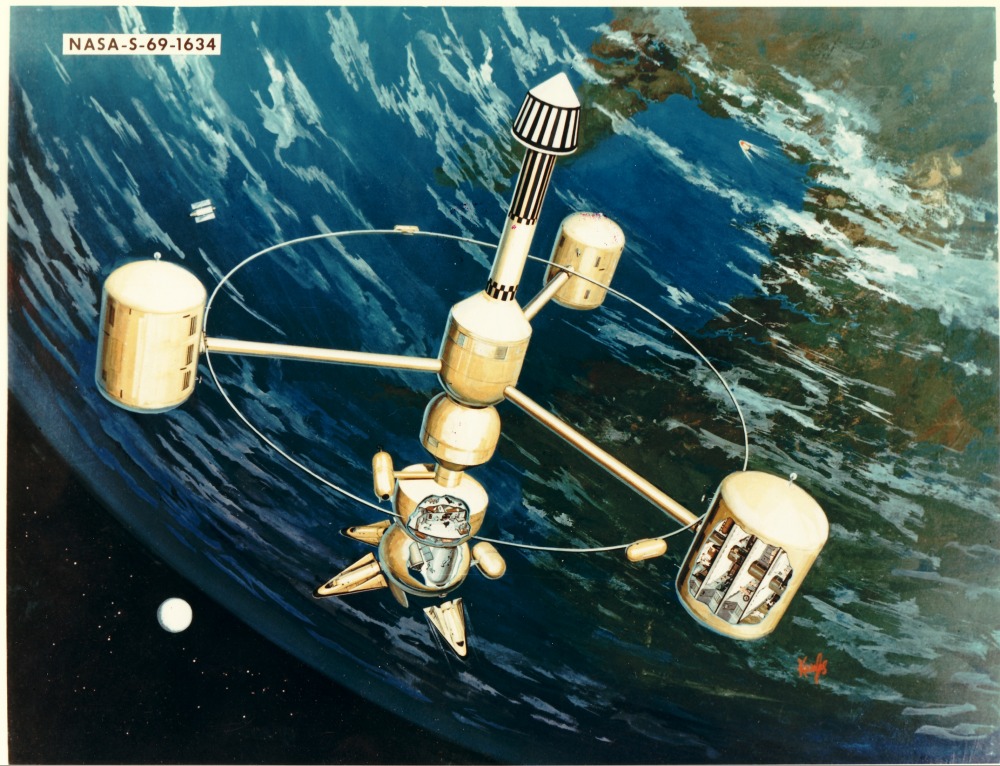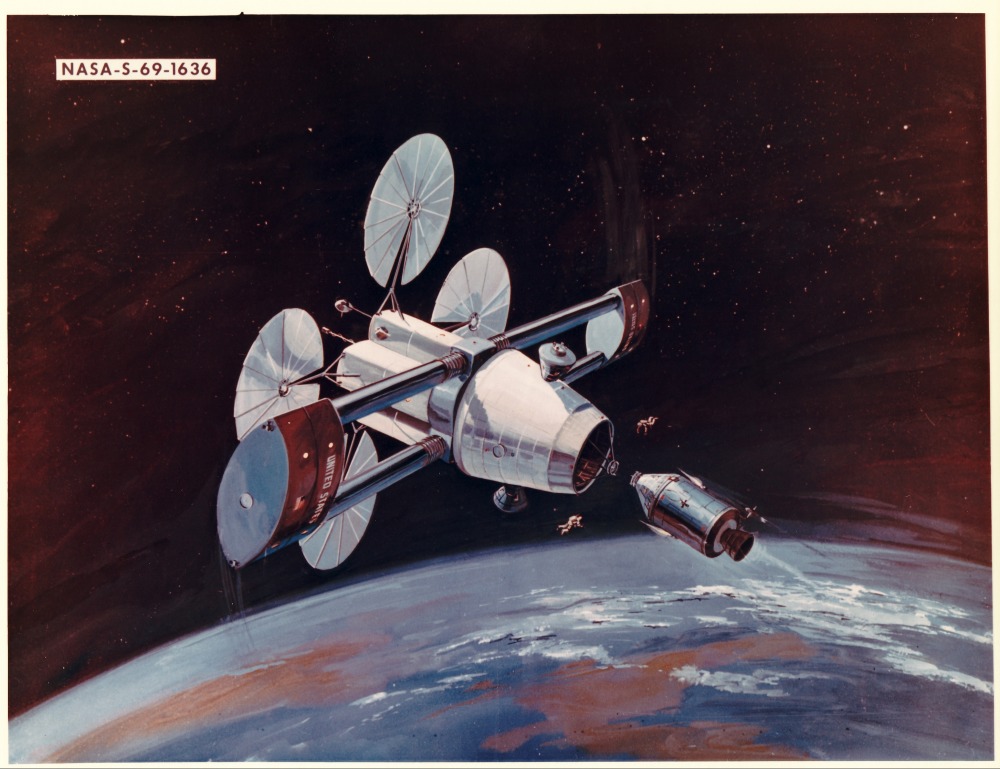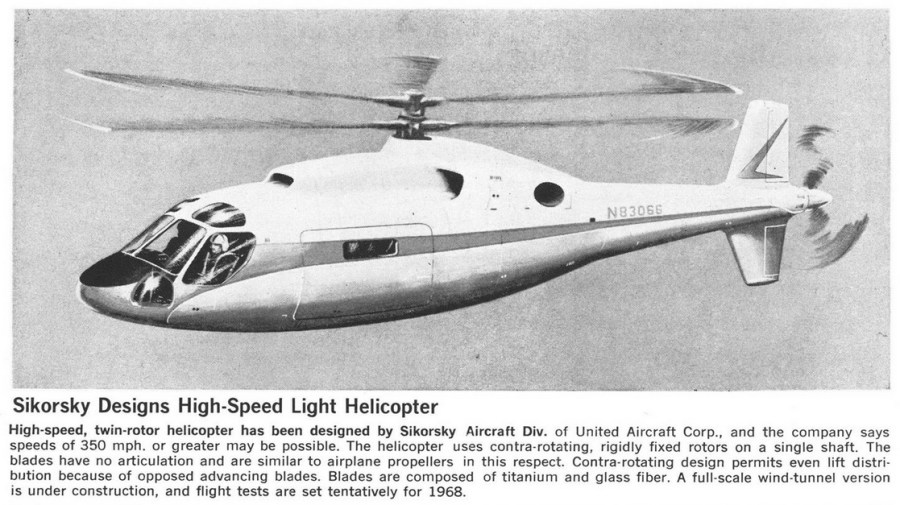The Vought Hypervelocity Missile program began in the 1980’s as an effort to create a relatively low-cost anti-armor missile. Instead of a massive warhead, the HVM would use kinetic energy to simply punch a hole through the armor of Soviet tanks. it would do this by accelerating to in excess of Mach 4. The HVM program continued on in several modified forms into the 21st century, but eventually did not result in production.
A recent pile of stuff purchased on eBay included two Vought prints of the HVM, one showing either a test round or a mockup, the other an artists concept showing an armored vehicle with a large turret for the storage and launch of HVMs, in the process of ruining the day of the crews of two Soviet T-72s. Sadly the prints have seen better days, having gotten a bit crumpled over the years, but they’re better than nothing. I have scanned them in full color/300 DPI and uploaded the scans to the 2019-02 APR Extras folder on Dropbox, available to all APR Patrons and Monthly Historical Documents subscribers at the $4 level or higher.
